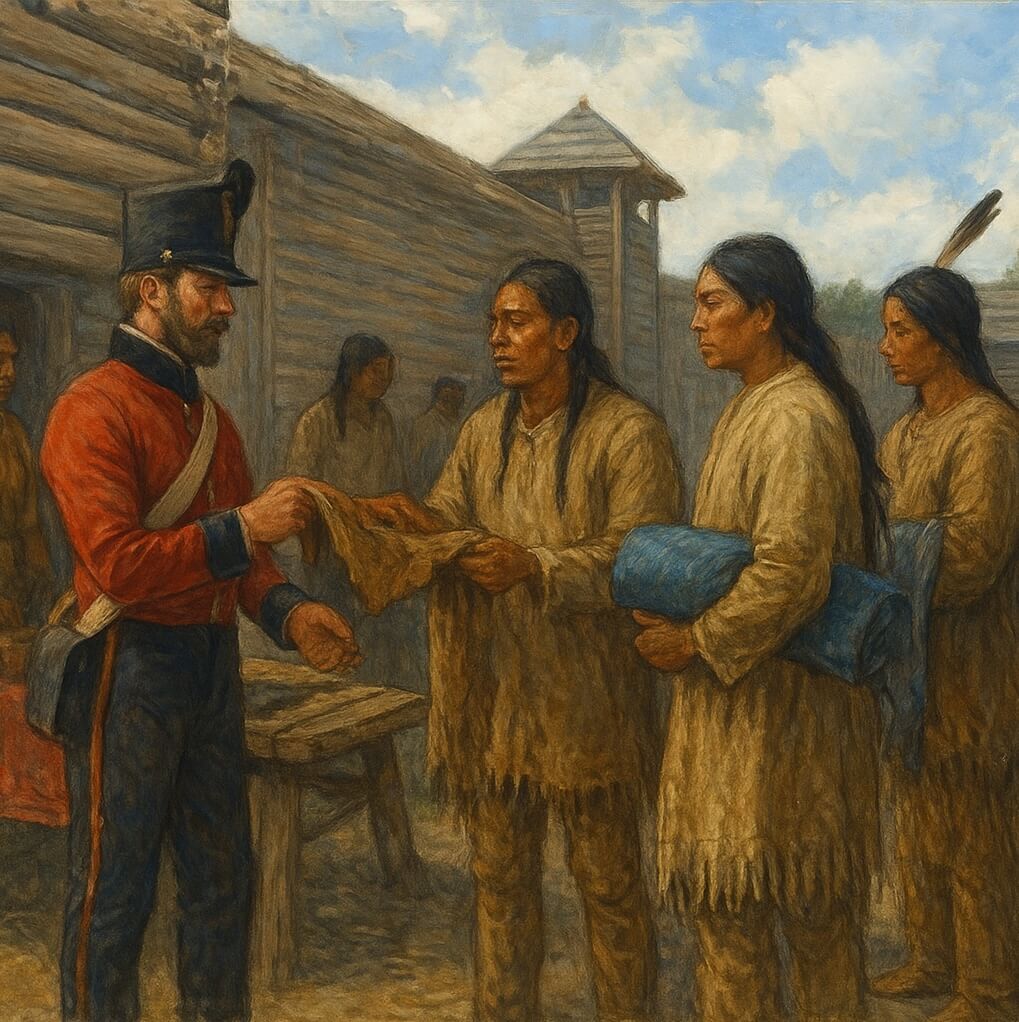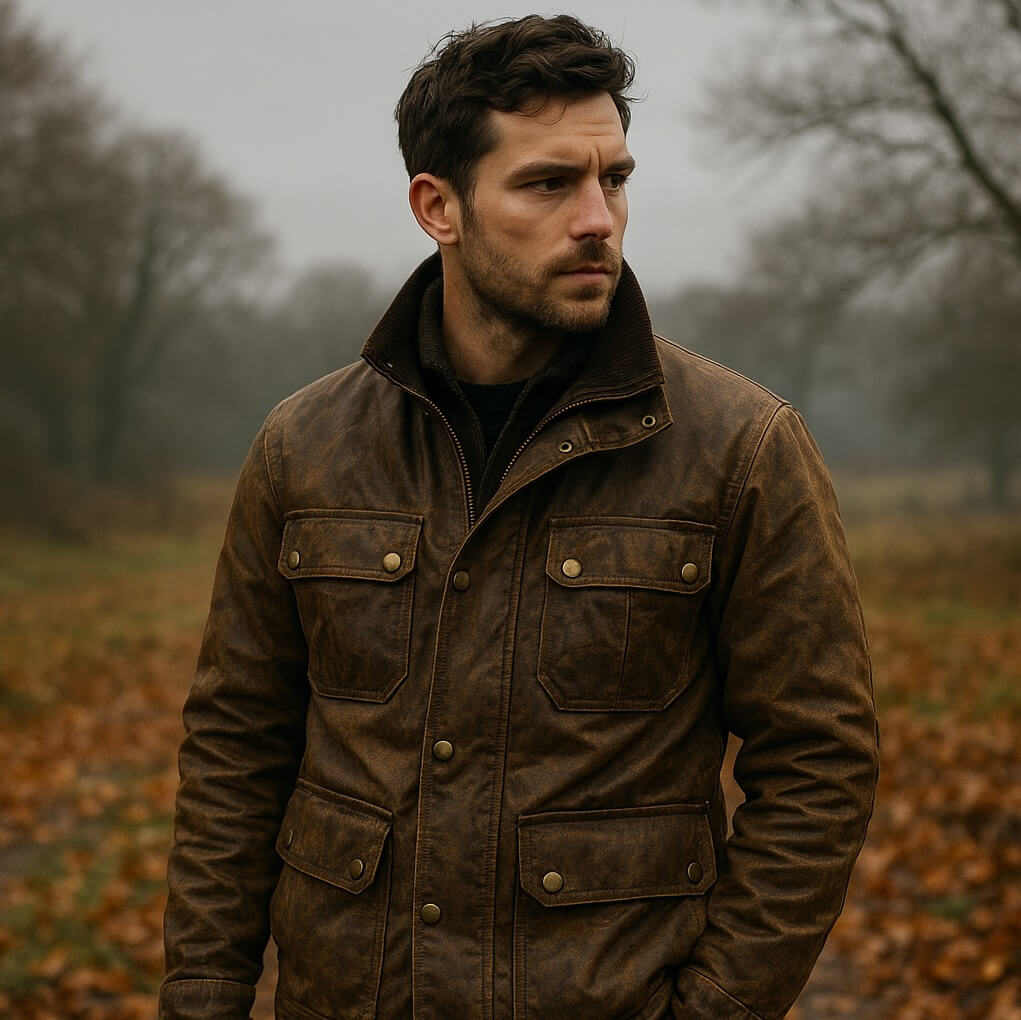In an age of constant connectivity, where every moment is documented, tagged, and shared, a quiet revolution is taking place. Men—and increasingly women—are turning away from screens and towards skills and creation, away from dependency and toward self-reliance.
At the heart of this movement lies bushcraft: the traditional art of wilderness living, woodcraft, and survival. In Britain and beyond, bushcraft is enjoying a renaissance—one that speaks not only to our desire for nature, but to our need to rediscover what it means to be capable, prepared, and free.
The Bushcraft Revival: Why It’s Happening Now
Over the last decade, interest in bushcraft has surged in the UK. Courses are booked out, UK bushcraft YouTube channels are thriving, and forums buzz with discussions about knives, axes, tarps, and skills.
Why?
Because bushcraft offers an antidote to modern life. It teaches us how to slow down, how to do more with less, and how to be comfortable in discomfort. At its core, bushcraft is about self-reliance—the ability to take care of yourself and others with what nature provides.
In a world of fragile systems and uncertain times, these skills have never felt more relevant.
Bushcraft and Self-Reliance: A Timeless Bond
The link between bushcraft and self-reliance is inseparable. To know how to navigate a forest, start a fire without a lighter, or make shelter from natural materials is not merely a pastime—it is a way of reclaiming autonomy.
This doesn’t mean disappearing into the woods forever. For most, it’s about becoming less dependent on systems and more connected to personal capability.
And while bushcraft is open to everyone, it speaks directly to an often overlooked part of modern masculinity—the provider, the protector, the guide.
What It Means To Be a Man: Reclaiming the Archetypes
In recent years, society has grappled with the question of what it means to be a man in the modern world. While outdated stereotypes should rightly be left behind, there remains enduring value in the traditional archetypes:
-
The Provider: One who ensures food, fire, and shelter.
-
The Protector: One who keeps others safe, not through aggression, but through readiness.
-
The Guide: One who leads not by ego, but through skill, knowledge, and experience.
These roles are deeply connected to bushcraft. To make fire from friction, to navigate by sun and stars, to build a shelter from forest materials—these are not only survival skills, they are rites of personal responsibility.
The Tools of the Trade: Knives, Axes, and Gear
Bushcraft doesn’t require a mountain of gear, but it does rely on the right tools—tools that are chosen with care, maintained with pride, and used with respect.
1. Bushcraft Knives
The bushcraft knife is your primary tool in the wild—used for carving, feather-sticking, food prep, notching, and even fire-starting. A good bushcraft knife should be:
-
Full tang (for strength)
-
Scandi-ground (for easy field sharpening)
-
Comfortable in hand, even with gloves or wet conditions
Lars Fält and Casström: A Legendary Collaboration
One of the most respected figures in the bushcraft world is Lars Fält, a Swedish survival expert, former military instructor, and founder of the Swedish Armed Forces Survival School. Fält has spent decades teaching soldiers, outdoor professionals, and civilians how to survive and thrive in nature.
His partnership with Casström, the respected Swedish knife maker, has produced some of the most admired bushcraft knives in the world.
🌲 Casström Lars Fält Knife:
-
3.93" (100mm) Sleipner steel blade
-
Scandinavian grind
-
Curved ergonomic handle in curly birch or micarta
-
Leather sheath
-
UK bushcraft forums praise it as a “bombproof tool” ideal for carving, food prep, and feathersticks
This is a knife that balances heritage, functionality, and durability, trusted by professionals and enthusiasts alike.
You can see the Lars Flat bushcraft knife here

2. Bushcraft Axes: The Power to Shape Your Environment
When a knife isn’t enough, a bushcraft axe gives you the ability to split wood, fell small trees, shape logs, and process kindling. In bushcraft, an axe is a symbol of autonomy—a means to create and manage your environment.
🔨 Council Tool (USA): Market-Leading Bushcraft Axes
Though Swedish axes like Gränsfors Bruk and Hultafors dominate the European conversation, Council Tool, based in North Carolina, USA, has carved out a global reputation for uncompromising quality and performance.
Two models in particular stand out:
1. Council Tool Woodcraft Pack Axe
-
24" handle, 2 lb head
-
Available in 19" as a camp axe
-
Designed for both chopping and fine carving
-
Premium hickory handle and high-carbon steel
Perfect for backpackers, bushcrafters, and canoe trippers who want one axe to do it all.
2. Council Tool Woodcraft Camp Carver
-
16" compact handle
-
Curved carving-friendly beard
-
Designed in collaboration with bushcraft instructors
-
Exceptionally balanced for one-handed use
UK bushcraft communities have increasingly turned to Council Tool as a serious alternative to the usual Swedish suspects, especially for those wanting tools with a distinctly American flavour.
You can see the Council Tool collection here
Bushcraft as Digital Disconnection
Another reason bushcraft is flourishing: it offers planned, purposeful solitude.
In a culture of notifications, instant gratification, and constant noise, time in the woods offers stillness. With a blade in hand and the sound of the forest in your ears, the modern world fades away. You're no longer checking emails—you’re checking the wind, the track in the mud, the direction of the sun.
Bushcraft gives you time to think.
It is, perhaps paradoxically, one of the most modern ways to disconnect. Instead of mindless escapism, it offers engaged presence—being in the moment, with nature, and with your own hands.
Bushcraft in the UK: A Growing Movement
The British Isles are ideally suited to bushcraft. With ancient woodlands, rugged moorlands, and wild coastal edges, the UK offers endless opportunities for wildcraft, foraging, and nature-based living.
Major UK-based influencers and educators such as:
-
Ray Mears
-
Staffordshire Bushcraft
-
East Anglian Bushcraft
…have built a community that blends traditional skills with modern survival knowledge.
Bushcraft festivals, knife-making courses, spoon-carving weekends, and woodland retreats are booming across England, Scotland, and Wales. This is not a fringe movement—it’s mainstreaming quietly, carried by a desire for authentic connection, competence, and calm.
Final Thoughts: Becoming Capable Again
Bushcraft isn’t about playing wilderness man or prepping for an apocalypse. It’s about reclaiming skills that were once second nature—how to start a fire, how to navigate with stars, how to make do with what you have.
More than that, it’s about what those skills represent: the quiet strength of self-reliance, the satisfaction of being useful, and the clarity that comes when we step away from the noise.
In rediscovering bushcraft, we’re rediscovering ourselves.
Want to start your bushcraft journey?
-
Get yourself a UK-legal bushcraft knife like the Casström Lars Fält Slipjoint
-
Pick up a Woodcraft Camp Carver for versatile axe work
-
Sign up for a bushcraft weekend course near you
-
And most importantly, go outside—and start learning by doing
Nature is waiting. So are you.






